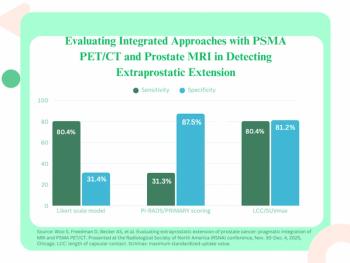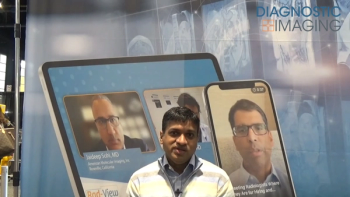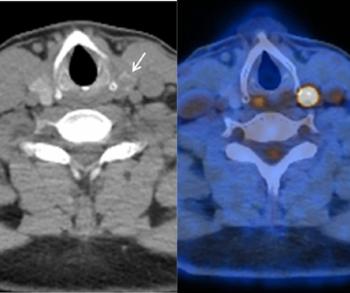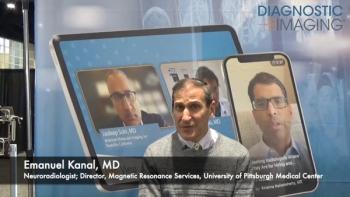
0.55T MRI Performs Comparably to CT with COVID-19 Imaging
Research MRI images reveal information in 61-year-old COVID-19-positive patient that is similar to that captured by CT.
High-performance, low-field MRI can offer radiologists an equivalent level of detail to CT with patients who have tested positive for COVID-19 infection. Images captured with a 0.55T MRI reveal the diagnostic capability of these studies.
Researchers from the National Heart, Lung, and Blood Institute National Institutes of Health (NHLBI) conducted a study with a 61-year-old COVID-19-positive patient to test how well the research MRI would perform. They published their results this week in
“This case demonstrates the capability of this MRI system configuration, compared with CT, for imaging COVID-19,” said the team led by Adrienne E. Campbell-Washburn, Ph.D., who leads the NHLBI MRI Technology program.
On days 15 and 16 after the patient’s symptoms emerged, Campbell-Washburn’s team conducted chest CT scans, as well as 0.55T research MRI with fast-BLADE turbo-spin echo acquisition, gated to end-expiration. The MRI images had intermediate image weighting between proton density and T2. In addition, the team said, they reformatted the CT images to match the slide orientations and thickness of the MRI images in order to accurately compare them.
Based on their image analysis, they determined that the MRI-provided information was similar to that gathered from the CT scans. With the MRI studies, the team was able to visualize multi-focal lesions – predominantly in the upper lobes – that were equivalent to ground-glass opacities, as well as peripheral distribution of consolidations predominantly in the lower lobes. This was characteristic of COVID-19 infection, they said.
Existing studies have demonstrated the utility of ultra-short TE 3T imaging and 0.55T MRI with COVID-19 infection and recovery. These findings show that lower-field MRI that has both high performance hardware and software can potentially reduce distortion for lung MRI, increase accessibility to these types of studies.
For more coverage based on industry expert insights and research, subscribe to the Diagnostic Imaging e-Newsletter
Newsletter
Stay at the forefront of radiology with the Diagnostic Imaging newsletter, delivering the latest news, clinical insights, and imaging advancements for today’s radiologists.



























